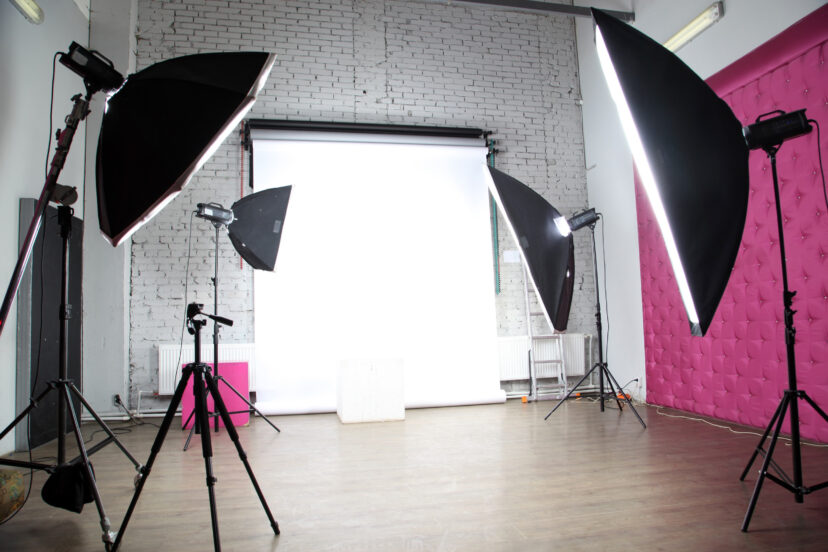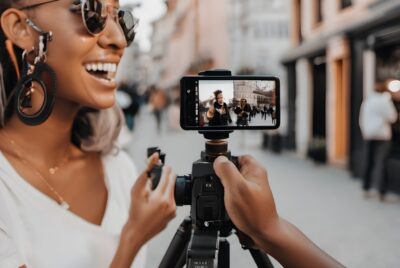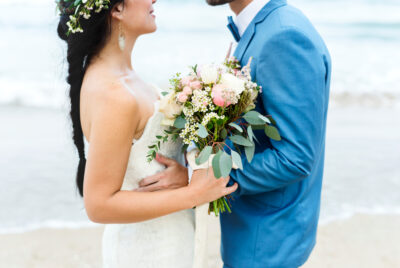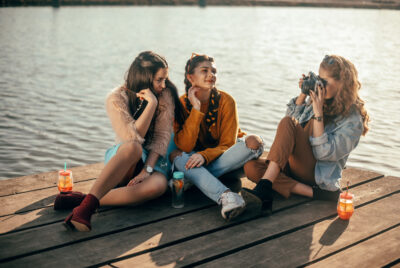Photography Studios
Whether you’re just starting your photography journey or you’re an experienced creator looking to polish your craft, photography studios can open up a whole new world of possibilities. Today, I’m diving deep into what makes these spaces so valuable, how to get started with your own studio setup, and tips that’ll help you get the most out of every click of the shutter.
What Is a Photography Studio?
Let’s keep it simple: a photography studio is a controlled indoor space designed specifically for taking photographs. It could be a commercial space or even a section of your home. What makes a studio special is the level of control you have over lighting, background, and mood—things you don’t always get outdoors.
Why Photography Studios Matter
There’s something magical about having complete control over your environment. Here’s why studios are a game changer:
Controlled Lighting Environment
Ever battled harsh midday sun or waited for golden hour to hit that perfect shot? In a studio, you’re the boss of the light. You can replicate morning light, evening light, or even soft diffused daylight, all with the twist of a knob.
Weather-Proof Creativity
Rain, snow, heatwaves—none of it matters. Your studio is your safe creative haven. It’s especially helpful for client shoots where rescheduling isn’t ideal.
Professional Backdrops and Gear
From seamless paper to elaborate sets, studios offer a variety of tools to bring your vision to life. And let’s be honest—there’s just something satisfying about that clean, smooth backdrop.
Types of Photography Studios
Not all studios are created equal. Depending on your niche, you’ll find different setups out there.
Portrait Studios
These are probably the most common. Perfect for family shoots, headshots, and senior photos. Portrait studios focus on flattering lighting and comfortable environments for clients.
Commercial/Product Studios
Think e-commerce, food, and advertising. These studios are all about precision, detail, and replicating looks for brand consistency.
Fashion and Editorial Studios
Lights, camera, runway! Fashion studios often have space for large teams—stylists, models, makeup artists—and dramatic lighting setups.
Multifunctional Creative Studios
These are the jack-of-all-trades kind—adaptable for video shoots, livestreams, branding sessions, and more. If you’re a content creator, this might be your jam.
Setting Up Your Own Photography Studio
This part gets me excited! Setting up a studio doesn’t need to break the bank. You just need some creativity and a plan.
Finding the Right Space
Look for high ceilings, lots of outlets, and good ventilation. A spare room, garage, or even a section of your living room can work. Just make sure you have enough space to step back with a telephoto lens.
Essential Equipment to Get Started
Let’s break this down:
Camera and Lenses
You don’t need the most expensive gear. A mid-range DSLR or mirrorless camera and a couple of prime lenses (like a 50mm and an 85mm) will do wonders.
Studio Lights and Modifiers
Start with one good light and a softbox or umbrella. Once you’re comfy, you can expand to multiple lights, reflectors, and grids.
>> See full range of photography lighting options HERE <<
Backgrounds and Props
Invest in a white seamless paper, a black backdrop, and maybe a gray one. Props? Hit thrift stores or DIY your own. They add personality.
Tripods and Supports
A sturdy tripod makes a huge difference, especially for product or macro photography. Also, consider C-stands for lights.
Budget-Friendly Tips
-
Buy used gear.
-
Build DIY light modifiers (YouTube is a goldmine).
-
Rent before you buy.
-
Use natural light + reflectors before investing in strobes.
Common Mistakes to Avoid in Studio Photography
Everyone messes up in the beginning. Don’t sweat it, but here are a few pitfalls to dodge:
Overcomplicating the Setup
More gear doesn’t always mean better shots. Start simple. One light, one subject, one idea.
Ignoring Light Angles
Where your light hits the subject matters—a lot. Move it around, watch how shadows form, and learn what flatters your subject best.
Forgetting to Experiment
Studios give you creative freedom. Don’t box yourself in. Try gels, add fog, shoot through glass. Go wild!
Studio Photography Tips for Beginners
Ready to rock your first shoot? These beginner-friendly tips will set you on the right path.
Start With One Light
Master one light before adding complexity. Learn how it shapes a face or a product—then build from there.
>> See full range of photography lighting options HERE <<
Master the Basics Before Buying More Gear
Know how to use what you have before chasing new toys. Trust me, skill beats gear every time.
Use a Light Meter
It might feel old-school, but a light meter ensures accuracy. It helps nail exposure, especially in complex lighting setups.
Learn Post-Processing Skills
Your work doesn’t end with the shutter click. Editing tools like Lightroom and Photoshop are part of the art.
Benefits of Renting a Photography Studio
Not ready to set up your own? Renting is a great option.
Access to Premium Equipment
Some studios offer high-end gear as part of the rental. You get to play with the big toys without buying them.
Creative Flexibility
Renting different studios lets you change vibes often. One day you’re in an industrial loft, the next in a chic all-white setup.
Time Efficiency
No setup, no teardown. You just walk in, shoot, and bounce. Super efficient for client work.
How to Find the Best Photography Studios Near You
Hunting for the perfect studio? Here’s how to find your gem.
Online Search and Directories
Websites like Peerspace, Giggster, or even local Facebook groups are goldmines.
Social Media and Forums
Instagram is surprisingly useful. Search hashtags like #YourCityPhotographyStudio or follow local photographers.
Visit and Evaluate
Pictures can be deceiving. Always visit in person if possible. Check lighting, cleanliness, and equipment before you book.
Conclusion
Photography studios are more than just four walls and a light or two—they’re creativity zones. Whether you’re building your own or renting one out, a good studio can elevate your photography to a whole new level. Don’t be intimidated by the gear or setups. Start simple, stay curious, and most importantly—have fun behind that lens.
>> See full range of photography lighting options HERE <<
FAQs
1. Can I start a photography studio at home?
Absolutely! With a few basics like a light, a backdrop, and a good camera, you can create amazing shots even in a small room.
2. What is the best lighting for studio photography?
Soft, diffused light is usually best to start with. A softbox or umbrella paired with a continuous light or strobe is ideal.
3. How much does it cost to rent a photography studio?
It varies widely depending on location and amenities, but expect anywhere from $25 to $150 per hour.
4. Is natural light enough for studio photography?
Yes, if your studio has big windows, natural light can be your best friend. Just control it with curtains or reflectors.
5. What’s one thing every studio photographer should learn?
Learn how to control light—both in-camera and post. Lighting is the secret sauce to stunning studio images.
Further reading
Check out our other relevant articles:
Art of Portrait Photography: Master Techniques for Stunning Shots
Here are two educational resources that provide valuable guidance on photography studios:
-
Studio Photography for Beginners (All You Need to Know)
This comprehensive guide from ExpertPhotography covers essential aspects of setting up and working in a photography studio. It includes insights on choosing the right space, setting up backgrounds and lighting, and testing equipment to achieve optimal results. Ideal for beginners looking to understand the fundamentals of studio photography.
Read the full guide here -
9 Studio Photography Tips and Tricks to Nail Your Photoshoot
MisterLocation offers practical tips to enhance your studio photography sessions. The article emphasizes the importance of lens selection, lighting techniques, and the use of tools like remote triggers and tripods to improve image quality and workflow efficiency. A great resource for photographers aiming to refine their studio practices.
Explore the tips here




